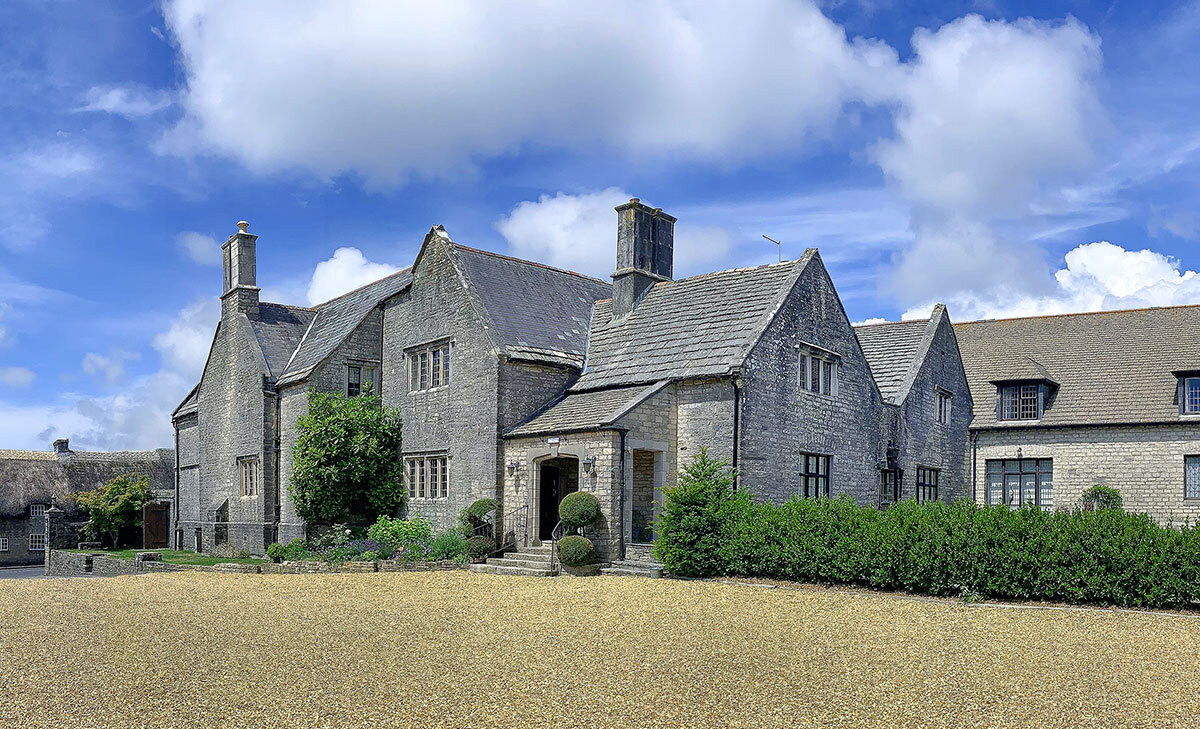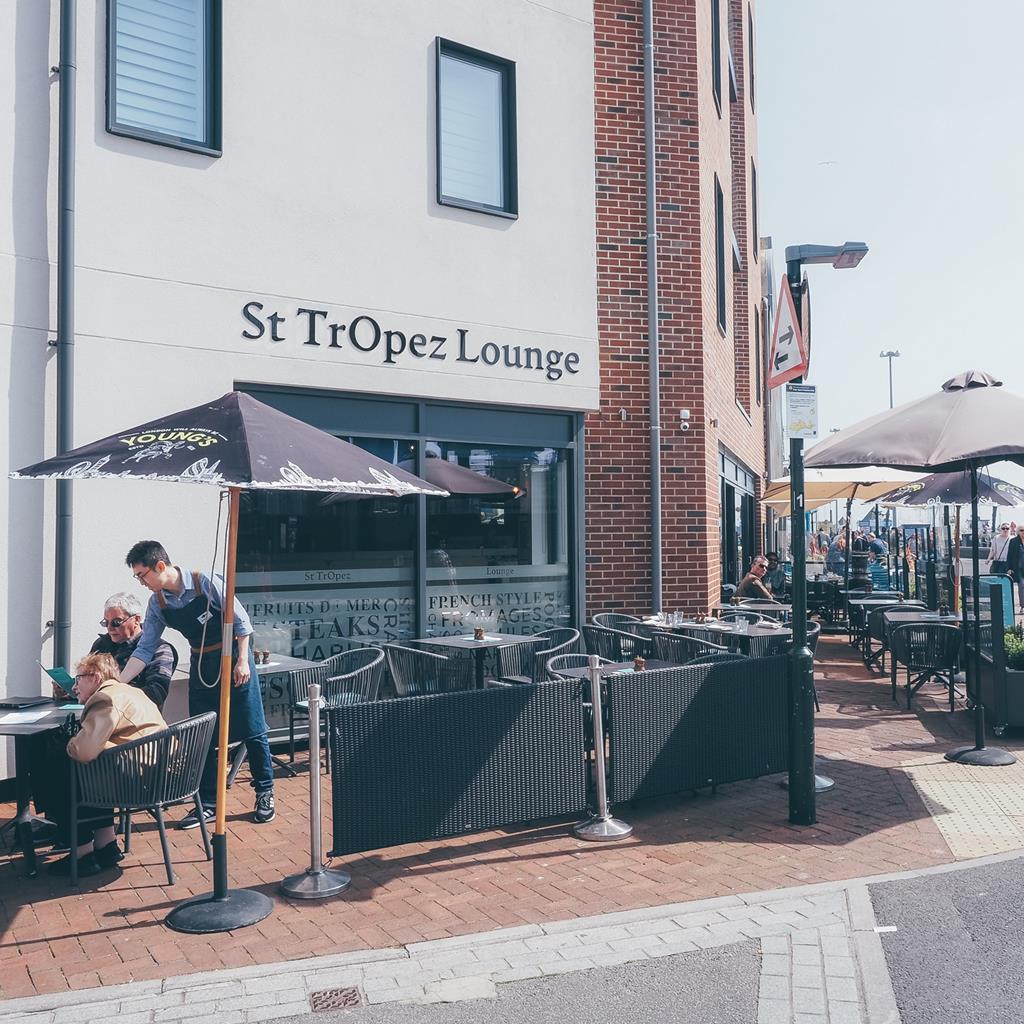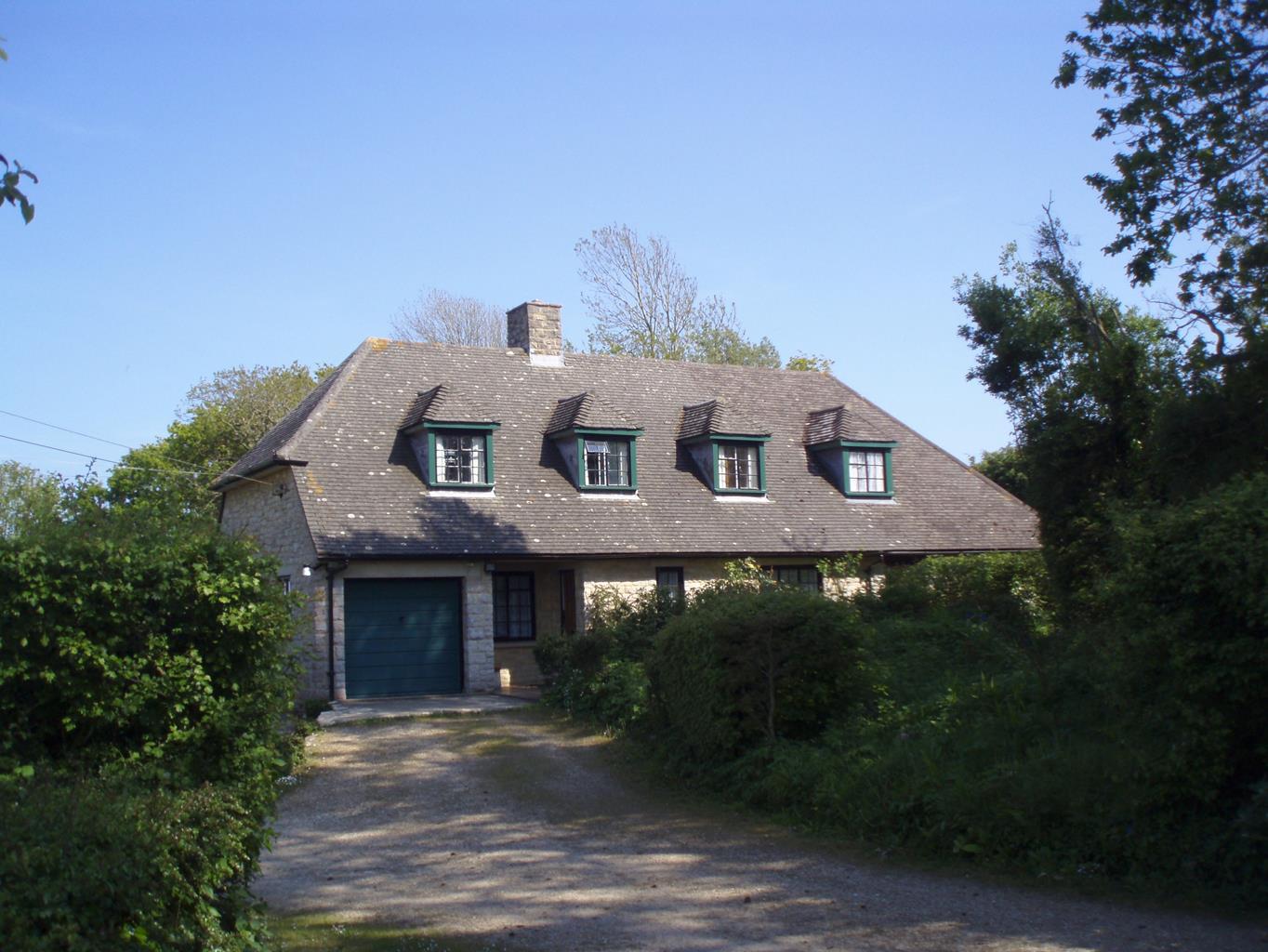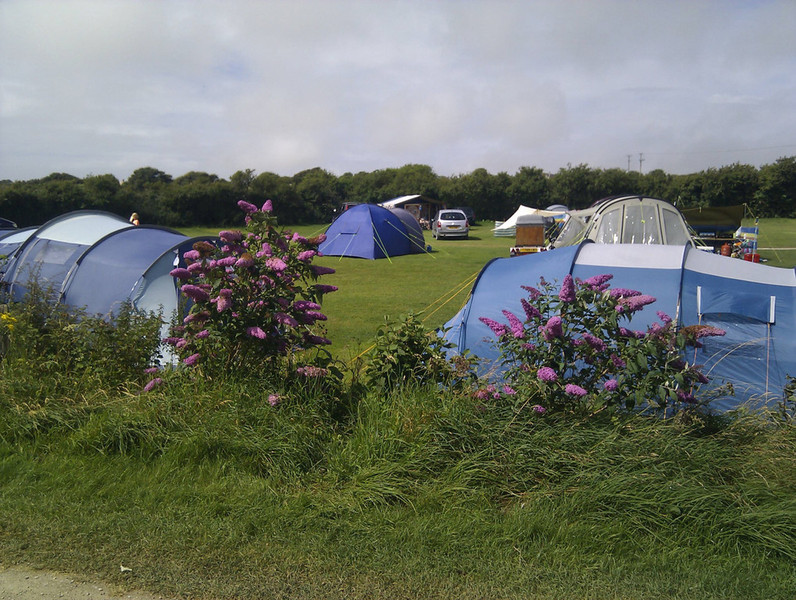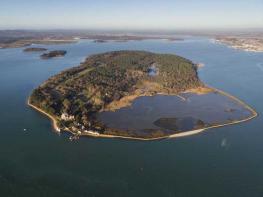Annexe to Stoneacre comprises four bedrooms – two doubles, one twin, and one with bunks only…
St Aldhelm's Head and Worth Matravers

5 miles (8kms)
About the walk
In 1866, a lifeboat station was established in the shelter of Chapman’s Pool but, plagued by constant landslip, difficult to launch against a southwesterly gale and too remote to be effectively manned, it was abandoned after only 15 years. The coastguard was originally stationed there too, but relocated to St Aldhelm’s Head in 1895, with a row of cottages built for the crew. The visual lookout dates from the 1970s, but has been manned since the mid-1990s by volunteers of the National Coastwatch Institution.
The origin of the nearby chapel is lost in time and, because it is not aligned to the east and has no altar, some doubt that it was built as such. Although the roof, supported by vaulting springing from a central column, now bears a cross on its pinnacle, there is evidence that it originally supported a beacon to warn shipping. Nevertheless, there was a priest during the 13th century, when it served as a chantry to offer prayers for lost sailors, and a local legend tells that it was built by a grieving father, after his daughter and her husband were drowned when their boat capsized in a storm.
During World War II, the headland was the site of a radar research station, which developed the rotating aerial and how to plot moving targets. As the threat of enemy raids increased, the scientists were moved to Malvern in 1942, but the radar remained with the establishment of a Chain Home station to provide early warning of bombing raids. After the war, the station continued as an RAF training establishment, with the last of the radar towers only being dismantled in the 1970s. Just north, on the edge of Emmetts Hill, is a memorial garden to Royal Marines killed in service since 1945. It was established by members of the Royal Marines Association following the IRA attack on the Marines’ barracks at Deal in 1989, and overlooks an area that the service has often used for training.
The cliffs below St Aldhelm’s were heavily quarried for Portland stone. The Victorian quarrymen have left an impressive monolith, a common practice to indicate how much stone had been removed. Further east at Winspit are more quarries. Here the quarrymen tunnelled into the cliffs. Work stopped during World War II and the caves were used by the military. Today they are home to bats, including the rare greater horseshoe bat, one of Britain’s largest species. The site has been used as a film location for both Blake’s 7 and Doctor Who.
Walk directions
Leaving the car park, turn down towards the village. However, just after reaching the Square and Compass, turn off right on a path signed to Hill Bottom and Chapman’s Pool. Pass behind a cottage and through a gate to walk across a paddock, and then at the edge of a couple of fields to meet another path from the village. Turn right and continue over a stile along the edge of the next field. Exit the corner and follow a broad path down a curving gully below embanked quarry workings. Meeting a crossing track, go left, eventually dropping down left to a narrow lane and following it right for 100yds (91m).
Bear off left by a coast path sign, passing over a bridge and through a gate. Immediately fork left to climb a steep grass path across the valley side. Broaching the top, a superb view opens across Chapman’s Pool. The path now runs easily along the valley rim towards the coast, passing a small memorial garden dedicated to Royal Marines killed in action. Continue at the edge of Emmetts Hill above the cliffs, making for St Aldhelm’s Head, whose buildings now appear in the distance. However before reaching them, the path descends abruptly down a long flight of steps into a deep valley, climbing out just as uncompromisingly up the other side.
Have a look in the tiny stone chapel over to the left, then return to the National Coastwatch lookout to continue above the cliffs. After passing above the abandoned St Aldhelm’s quarry, fork right with the coast path, losing height to undulate above lower cliffs. Approaching the snout of West Man, the path rises behind the old Winspit workings before descending steps into a valley.
At the bottom follow a track from the coast towards Worth Matravers, which rises steadily along the valley base. Reaching a fork, branch right onto a gravel path; it leads up into open pasture. Bear left, climbing across the hillside towards Worth Matravers. Exiting through a gate at the top, carry on along a path and then a short street into the village. Go right to the main lane and right again, finally turning left past the Square and Compass to the car park.
Additional information
Field and coastal cliff paths, some long and steep gradients
Coastal downland
Under close control above cliffs and on leads near grazing livestock
OS Explorer OL15 Purbeck & South Dorset
Car park just north of Worth Matravers
At car park
WALKING IN SAFETY
Read our tips to look after yourself and the environment when following this walk.
Find out more
Also in the area
About the area
Discover Dorset
Dorset means rugged varied coastlines and high chalk downlands. Squeezed in among the cliffs and set amid some of Britain’s most beautiful scenery is a chain of picturesque villages and seaside towns. Along the coast you’ll find the Lulworth Ranges, which run from Kimmeridge Bay in the east to Lulworth Cove in the west. Together with a stretch of East Devon, this is Britain’s Jurassic Coast, a UNESCO World Heritage Site and Area of Outstanding Natural Beauty, noted for its layers of shale and numerous fossils embedded in the rock. Among the best-known natural landmarks on this stretch of the Dorset coast is Durdle Door, a rocky arch that has been shaped and sculpted to perfection by the elements. The whole area has the unmistakable stamp of prehistory.
Away from Dorset’s magical coastline lies a landscape with a very different character and atmosphere, but one that is no less appealing. Here, winding, hedge-lined country lanes lead beneath lush, green hilltops to snug, sleepy villages hidden from view and the wider world. The people of Dorset are justifiably proud of the achievements of Thomas Hardy, its most famous son, and much of the county is immortalised in his writing.
Nearby stays
Restaurants and Pubs
Nearby experiences
Recommended things to do
Why choose Rated Trips?
Your trusted guide to rated places across the UK
The best coverage
Discover more than 15,000 professionally rated places to stay, eat and visit from across the UK and Ireland.
Quality assured
Choose a place to stay safe in the knowledge that it has been expertly assessed by trained assessors.
Plan your next trip
Search by location or the type of place you're visiting to find your next ideal holiday experience.
Travel inspiration
Read our articles, city guides and recommended things to do for inspiration. We're here to help you explore the UK.



